Animals that eat grasshoppers include frogs, wild turkeys, spiders, snakes, tarantulas, red foxes, raccoons, hedgehogs, hawks, and various bird species like crested flycatchers, among others.
Curious to learn more about the grasshopper’s predators? Keep reading to discover fascinating details about the creatures that feast on these hopping insects and the various defense mechanisms grasshoppers use to protect themselves from becoming a meal.
What Are Grasshoppers?
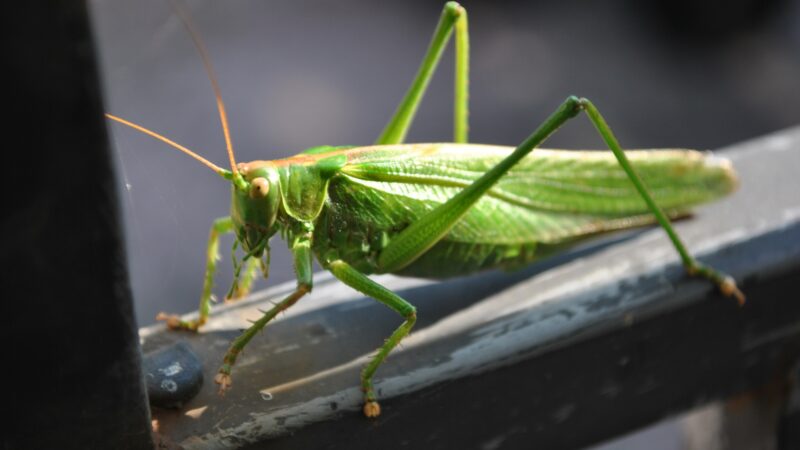
Grasshoppers are insects belonging to the order Orthoptera, known for their powerful hind legs, which enable them to jump great distances. They can be found in various habitats, including grasslands, forests, and agricultural fields. Grasshoppers have chewing mouthparts and primarily feed on plants, making them an essential part of many ecosystems.
What Is an Enemy of a Grasshopper?

An enemy of a grasshopper, or a predator, is an animal that feeds on grasshoppers to survive. These predators play a critical role in maintaining balance in ecosystems by controlling grasshopper populations, which, if left unchecked, could have detrimental effects on plant life.
Animals That Eat Grasshoppers
Frogs
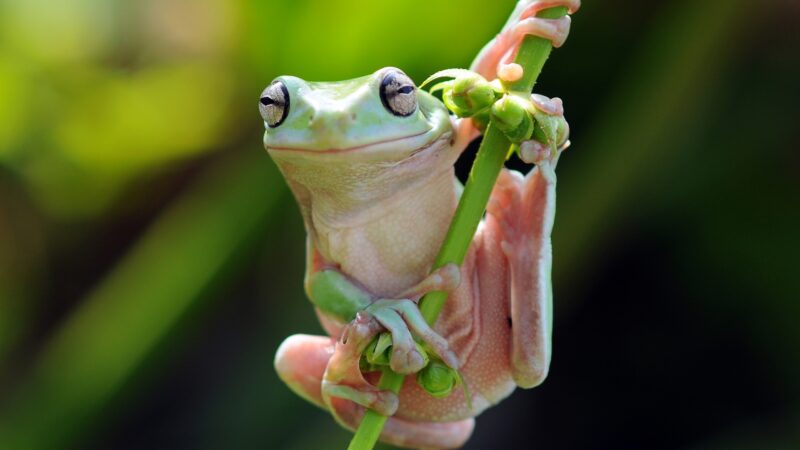
Frogs are opportunistic predators and have an appetite for various insects, including grasshoppers. Their sticky tongues make it easy for them to catch grasshoppers, both in the air and on the ground.
Wild Turkeys
Wild turkeys are omnivorous birds that feed on a wide variety of food sources, including insects like grasshoppers. They have a keen eye for spotting these insects and can consume large quantities during their foraging.
Spiders
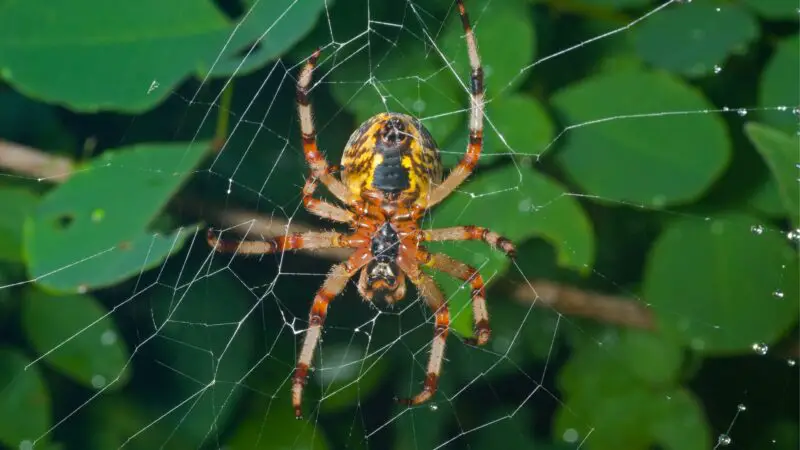
Spiders, such as orb weavers and jumping spiders, prey on grasshoppers by trapping them in their webs or ambushing them with their incredible jumping skills.
Snakes
Some snake species, such as garter snakes, are known to eat grasshoppers. They use their keen sense of smell to locate and consume these insects.
Tarantulas
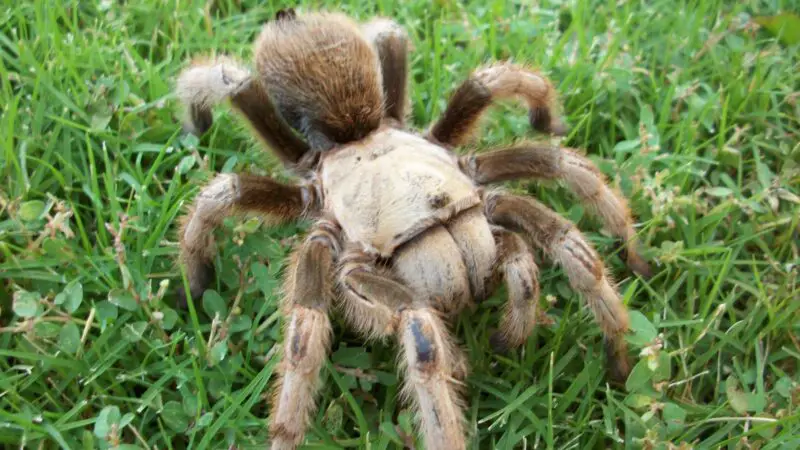
Tarantulas are large, hairy spiders that can easily overpower grasshoppers with their strong venom and powerful fangs.
Red Foxes
Red foxes are opportunistic predators that will eat grasshoppers when other food sources are scarce. They use their excellent sense of smell and hearing to locate grasshoppers hiding in tall grasses.
Raccoons
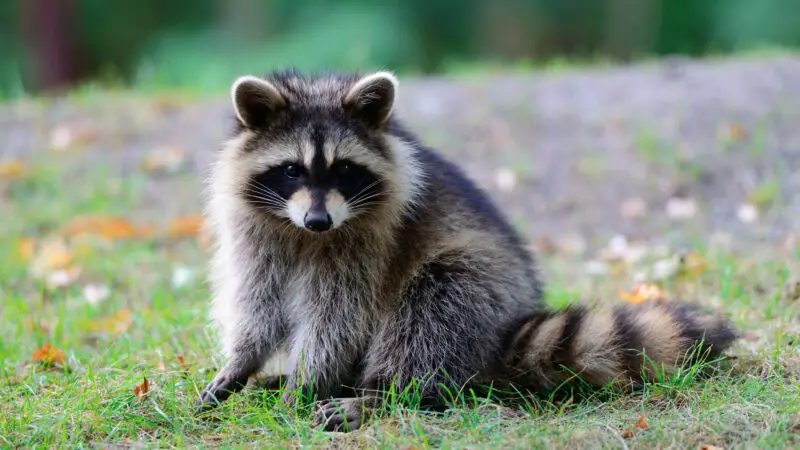
Raccoons are omnivores with a diverse diet that includes grasshoppers. They are known to forage in fields and gardens, searching for insects to eat.
Hedgehogs
Hedgehogs are insectivores and will happily eat grasshoppers as part of their diet. They use their long snouts to sniff out these insects and then capture them with their quick reflexes.
Hawks
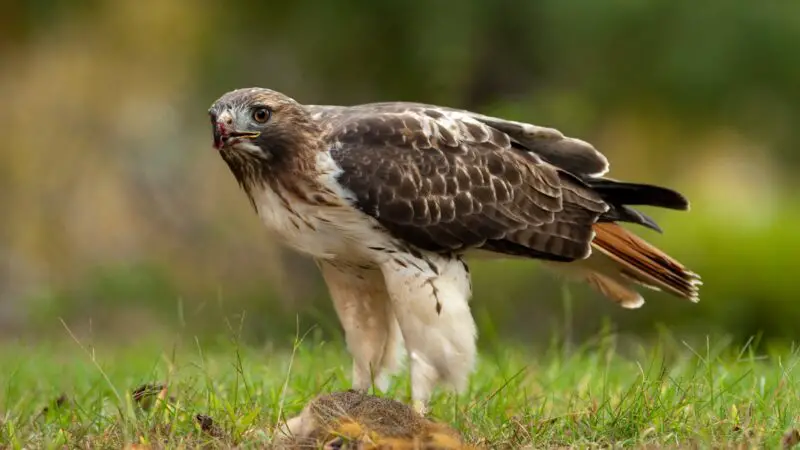
Hawks are birds of prey that hunt for insects like grasshoppers, especially during times when other prey is scarce. Their keen eyesight and sharp talons make it easy for them to catch these insects in flight or on the ground.
Other Birds
Various bird species, including crested flycatchers, swallows, and mockingbirds, prey on grasshoppers. These birds often catch grasshoppers in mid-air or pluck them from vegetation.
Bats
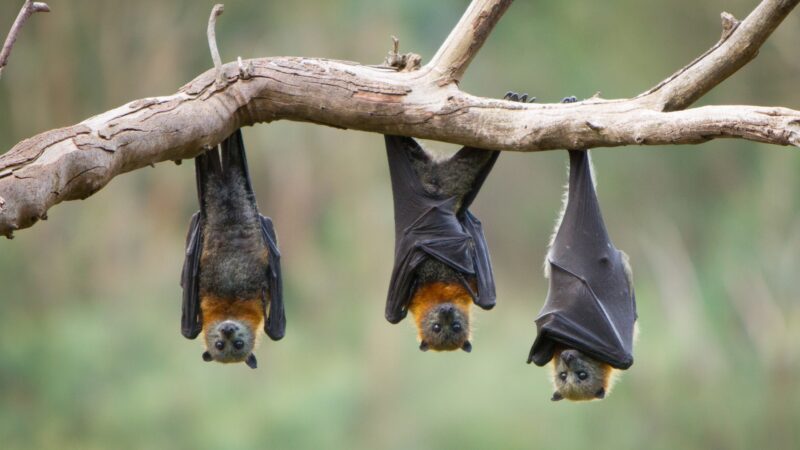
Bats are known to eat flying insects, including grasshoppers. Their echolocation abilities make it possible for them to locate and catch these insects in mid-flight.
Dragonflies
Dragonflies are aerial predators that often feed on flying insects like grasshoppers. They use their agile flight skills and powerful mandibles to catch and consume their prey.
How Do Grasshoppers Defend Themselves?
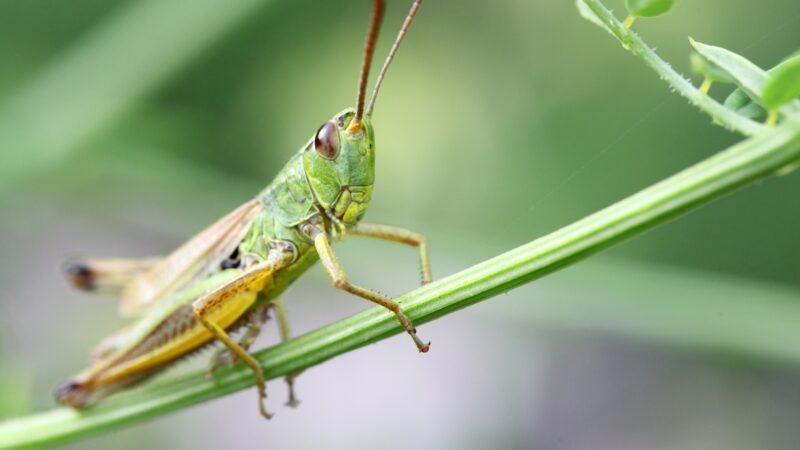
Grasshoppers have developed various defense mechanisms to protect themselves from predators. Some of these strategies include:
- Camouflage: Grasshoppers use their coloration to blend in with their surroundings, making it difficult for predators to spot them.
- Jumping: Their powerful hind legs allow them to make quick, long leaps to escape from danger.
- Flying: Many grasshopper species have wings and can fly short distances to evade predators.
- Chemical defense: Some grasshoppers produce foul-tasting or toxic substances that deter predators from eating them.
Are Grasshoppers Nutritious?
Grasshoppers are a nutritious food source for their predators, as they are rich in protein and various essential nutrients. They provide a significant source of energy and help support the growth and reproduction of the animals that consume them.
Frequently Asked Questions
Do Humans Eat Grasshoppers?
Humans can eat grasshoppers. Humans eat grasshoppers in many parts of the world, particularly in Africa, Asia, and Latin America. They are considered a sustainable and protein-rich food source.
Are All Types of Grasshoppers Safe to Eat?
While most grasshopper species are safe to eat, some may contain toxic compounds, especially if they have been feeding on poisonous plants. It is essential to research the grasshopper species in your area and their safety for consumption.
Is Grasshopper a Predator or Prey?
Grasshoppers are primarily prey for various animals. However, they are also predators in the sense that they feed on plants and can cause significant damage to vegetation in some cases.
What Does a Grasshopper Turn Into?
Grasshoppers undergo incomplete metamorphosis, meaning they go through three life stages: egg, nymph, and adult. They do not transform into another type of insect.
How Long Does a Grasshopper Live?
A grasshopper’s life span varies depending on the species, but typically, they live for several weeks to a few months.
Where Do Grasshoppers Come From?
Grasshoppers are found worldwide, except for the polar regions. They inhabit a wide range of habitats, including grasslands, forests, and agricultural fields.
List of Sources
Grasshopper Mortality: Pathogens, Parasites, and Predators
